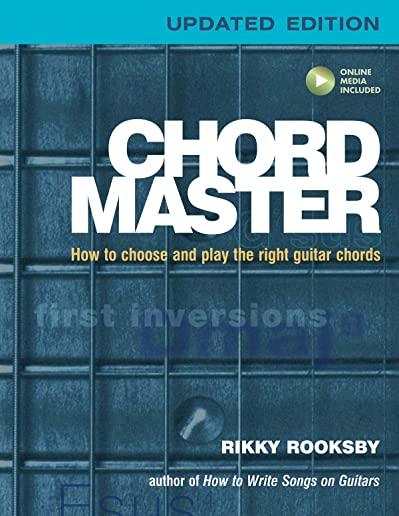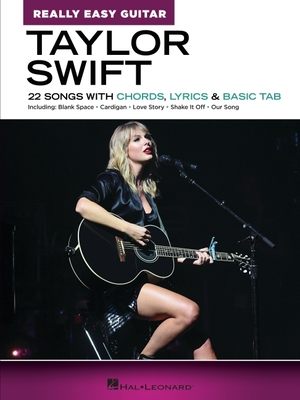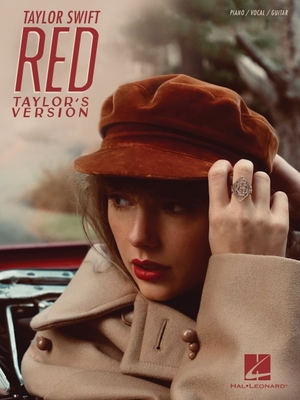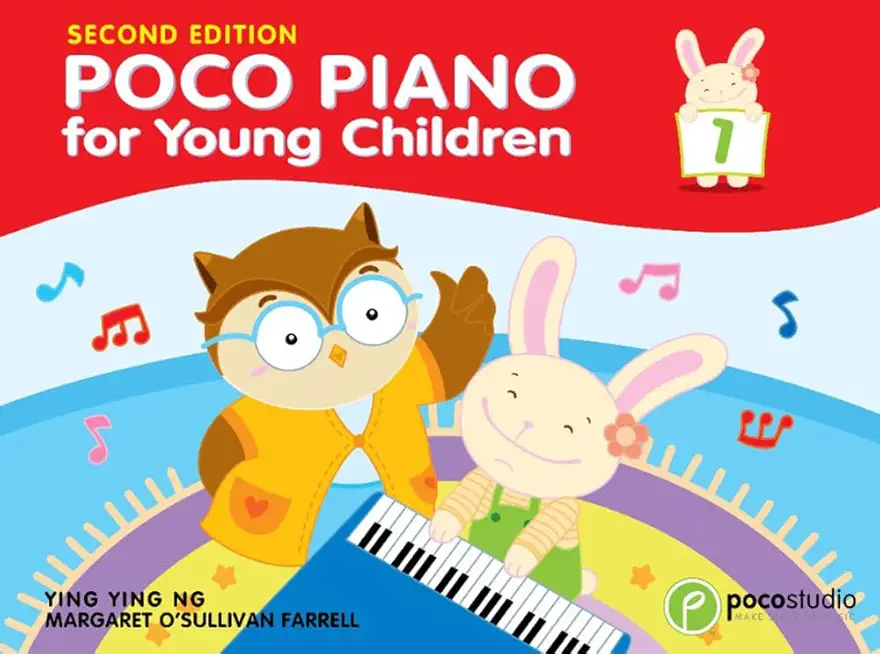
description
ith a difference. Rather than just show chord shapes - which are all there in the Chord Matrix - a large portion of the book explains how to use chords, with information about the theory behind them, and attempts to answer the questions guitarists often have about chord shapes. Also, it presents usable groups of chords for beginners in relation to a variety of song styles. This new, revised edition emphasises the practical and is even more useful to beginners, with expanded exercises and more audio. The multimedia component has roughly doubled the number of tracks and is 30 minutes longer. Some audio examples have a backing track arranged to stress melodic and rhythmic elements so that when the reader puts the chords alongside, the effect is marked, sometimes allowing for re-harmonizing the same music with a different chord progression, or a chord progression played in more than one area of the guitar. The notation of the chord progressions is partly redesigned, making it easier to read. This will also make this part of the book more attractive to the casual browser. More chord types have been added to Chord Master's Matrix (dictionary) section, with new material about balanced chords (which remove ineffective or unnecessary doublings of notes) and about effective chord voicing. The section about chords from famous songs is expanded with more examples of unusual chords, including ones that players are often curious about - one of the most famous examples is the first chord of "A Hard Day's Night." Includes online resource.
member goods
No member items were found under this heading.
Return Policy
All sales are final
Shipping
No special shipping considerations available.
Shipping fees determined at checkout.







